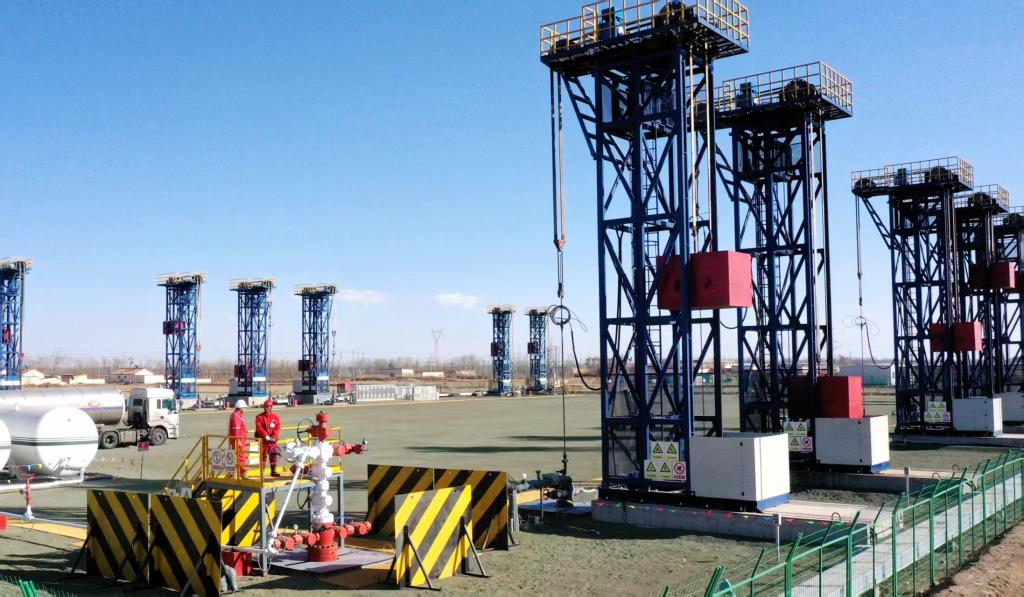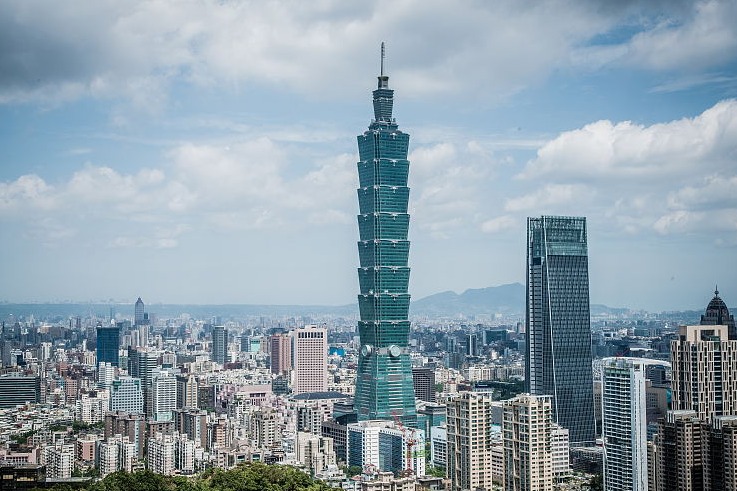Large-scale carbon capture, utilization, storage site established in North China


HOHHOT -- The carbon capture, utilization and storage project of the Bayan Oilfield, located in Bayannur in North China's Inner Mongolia autonomous region, has injected over 70,000 tonnes of carbon dioxide into oil reservoirs.
This marks the establishment of a large-scale CO2 utilization and storage base in Inner Mongolia, according to the Bayannur municipal government.
The Bayan Oilfield has over 300 production wells with deep crude oil deposits. It has long utilized a water-flooding method for oil recovery — injecting water into oil reservoirs to push oil toward production wells. Its recovery rate using this method is about 20 percent.
To conserve water and reduce carbon emissions, the oilfield began exploring the use of CO2 for oil recovery in 2020. Through its CCUS project, the company has increased its oil recovery rate to approximately 45 percent, according to Yang Xuesong, the chief geologist of the Bayan Exploration and Development Branch of PetroChina Huabei Oilfield Company.
CCUS represents an emerging technological approach to the efficient, low-carbon development of fossil energy. A technological countermeasure to global warming, CCUS stores or utilizes captured CO2, thereby reducing carbon emissions. China has committed to peaking its carbon emissions before 2030 and achieving carbon neutrality before 2060.
In recent years, China's CCUS technology has seen remarkable progress. According to a national carbon-capture roadmap unveiled late last year, 126 CCUS projects had been put into operation across the country — 77 more than in 2020.
In May, China's first offshore CCUS project began operations in the Pearl River Mouth Basin in the south of the country. The project, based on the Enping 15-1 platform, captures CO2 produced during oil development, purifies and pressurizes it into a supercritical state, and then injects it into underground oil reservoirs. The approach drives increased oil production and achieves carbon sequestration.
- China to hire 7,000 retired teachers to support rural schools
- Crested ibis soars again on the back of conservation efforts
- China launches emergency response after quake strikes SW China's Sichuan
- Last 15 hikers rescued from Qomolangma snowstorm
- The guardians
- Domestic tourism sees a boom during holiday period





































